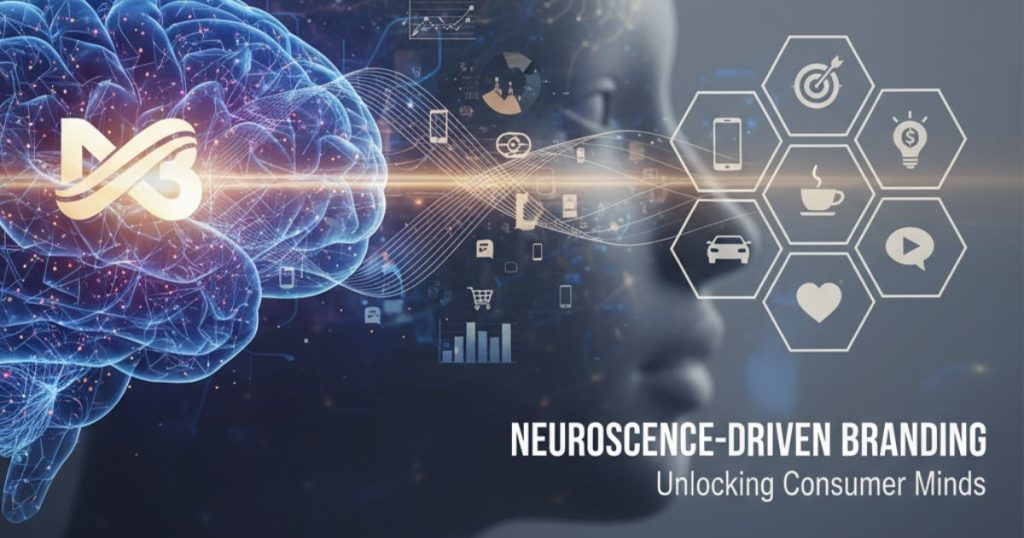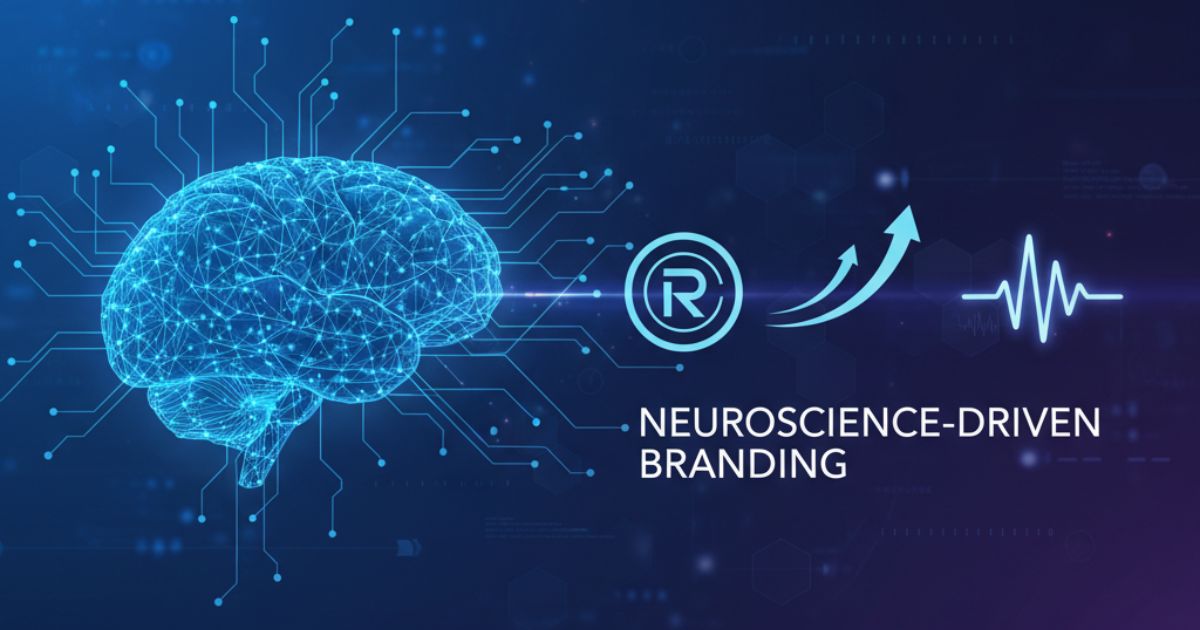Neuroscience-Driven Branding: Harnessing Brain Science for Unforgettable Connections

The modern marketplace is louder and more competitive than ever, and standing out requires more than attractive visuals or clever taglines. Neuroscience branding, called neurobranding, draws on cognitive science and consumer psychology to understand how the brain perceives, processes, and remembers brand messages. By applying insights from emotional marketing, sensory perception, and memory encoding, brands can craft experiences that connect subconsciously. This powerful blend of brain science and branding strategy builds emotional resonance, strengthens brand recall, and turns casual consumers into loyal advocates.
What Is Neuroscience-Driven Branding?
Neuroscience-driven branding, also known as neurobranding, is the practice of applying principles from brain science and consumer neuroscience to build stronger, more emotional brand connections. It explores how people subconsciously respond to logos, colors, sounds, and messages—and how those responses influence decision-making and brand loyalty.
Instead of relying solely on creative intuition, this approach uses insights from neuropsychology, emotional triggers, and cognitive behavior to design marketing that aligns with how the brain naturally processes information. When done right, neuroscience-driven branding helps your audience recognize your brand and feel something memorable every time they interact with it.
Understanding the Brain-Brand Connection
Neuroscience branding decodes how consumers’ brains respond to different stimuli—colors, sounds, imagery, and narratives. Neuroimaging studies reveal that emotional engagement activates brain regions like the amygdala and hippocampus, which play central roles in memory consolidation. When a brand evokes genuine emotions, it bypasses rational filters and forges stronger, longer-lasting impressions. Understanding these mechanisms enables marketers to design sensory-rich experiences that align with the brain’s natural wiring.

Key Neuroscience Principles in Branding
- Emotional Triggers: Emotions act as neural gatekeepers for memory. Brands that evoke joy, surprise, or mild fear are more memorable.
- Color Psychology: Different hues stimulate distinct neural pathways. For example, red can energize and excite, while blue fosters trust and calm.
- Memory Encoding: The brain remembers multisensory experiences more effectively. Pairing visuals with sound or touch can boost recall by up to 70%.
- Cognitive Fluency: Simplifying information reduces mental effort, making your brand feel more familiar and trustworthy.
- Mirror Neurons: Human brains empathize through mirror neuron activation. Storytelling that showcases relatable human experiences can drive empathy and connection.
Implementing Neuroscience in Your Brand Strategy

Applying neuroscience to branding involves a systematic approach that blends creativity with data-driven insights. Consider these steps:
- Conduct a Neuro-Audit: Analyze existing brand assets with tools like biometrics, eye-tracking, and EEG to identify which elements elicit the strongest responses.
- Define Emotional Objectives: Choose the primary emotion(s) you want your audience to feel—excitement, security, belonging—and tailor your messaging accordingly.
- Design Multisensory Touchpoints: Integrate visual, auditory, and tactile elements across packaging, digital content, and in-store experiences to reinforce memory encoding.
- A/B Test with Biometric Feedback: Use real-time physiological measures—heart rate, skin conductance, facial expression analysis—to validate which creative variants perform best.
- Optimize for Cognitive Fluency: Refine typography, layout, and messaging clarity. The easier your brand is to process, the more trustworthy it becomes.
Case Studies: Brands That Got It Right
Leading brands are already leveraging neuroscience to elevate their identity:
- Apple’s Product Unveilings: By orchestrating a carefully timed narrative, dramatic visuals, and live demos, Apple activates anticipation and surprise circuits in the brain, maximizing engagement and recall.
- Spotify’s Wrapped Campaign: The personalized year-in-review format taps into social belonging and nostalgia, driving emotional resonance and shareability.
- Starbucks’ Sensory Branding: The signature store aroma, ambient music selection, and distinctive cup design combine to create a holistic environment that remains memorable long after consumption.
Tools and Techniques: From EEG to Eye Tracking
To integrate neuroscience into your branding toolkit, explore these methods:
- Electroencephalography (EEG): Measures brainwave activity to gauge attention, engagement, and emotional valence in response to stimuli.
- Eye Tracking: Reveals where consumers focus, how long their gaze lingers, and which visual elements attract the most attention.
- Facial Coding: Deciphers micro-expressions to uncover genuine emotional reactions during ad or packaging testing.
- Biometric Sensors: Track heart rate variability and skin conductance to measure arousal and stress levels during brand interactions.
Ethical Considerations
While neuroscience offers powerful insights, it also raises ethical questions. Brands must avoid manipulation or infringing on consumer autonomy. Transparency about data collection and consent is paramount. Craft experiences that enhance value and enrich users’ lives rather than exploiting subconscious vulnerabilities.
Measuring Success
Traditional KPIs still matter, but neuroscience-driven metrics can supplement them:
- Neuromarketing Scores: Composite indices from EEG and biometric feedback that reflect overall engagement and emotional impact.
- Cognitive Load Tests: Use response time and accuracy in recognition tasks to assess how easily consumers process your messaging.
- Recall and Recognition Rates: Quantitative measures of how well consumers remember brand elements after specific intervals.
Conclusion
Neuroscience-driven branding is the next step in creating real and lasting connections. It helps you match your brand strategy with how the brain works. When your brand connects with people’s emotions and memories, they remember you longer and trust you more.
The neuroscience of brand loyalty shows how the brain builds trust and emotional bonds with brands over time. By using these insights, you can turn one-time buyers into loyal fans.
Use the power of brain science in branding to build lasting relationships. Start adding neuroscience insights to your next campaign, and see your brand loyalty and growth rise.





